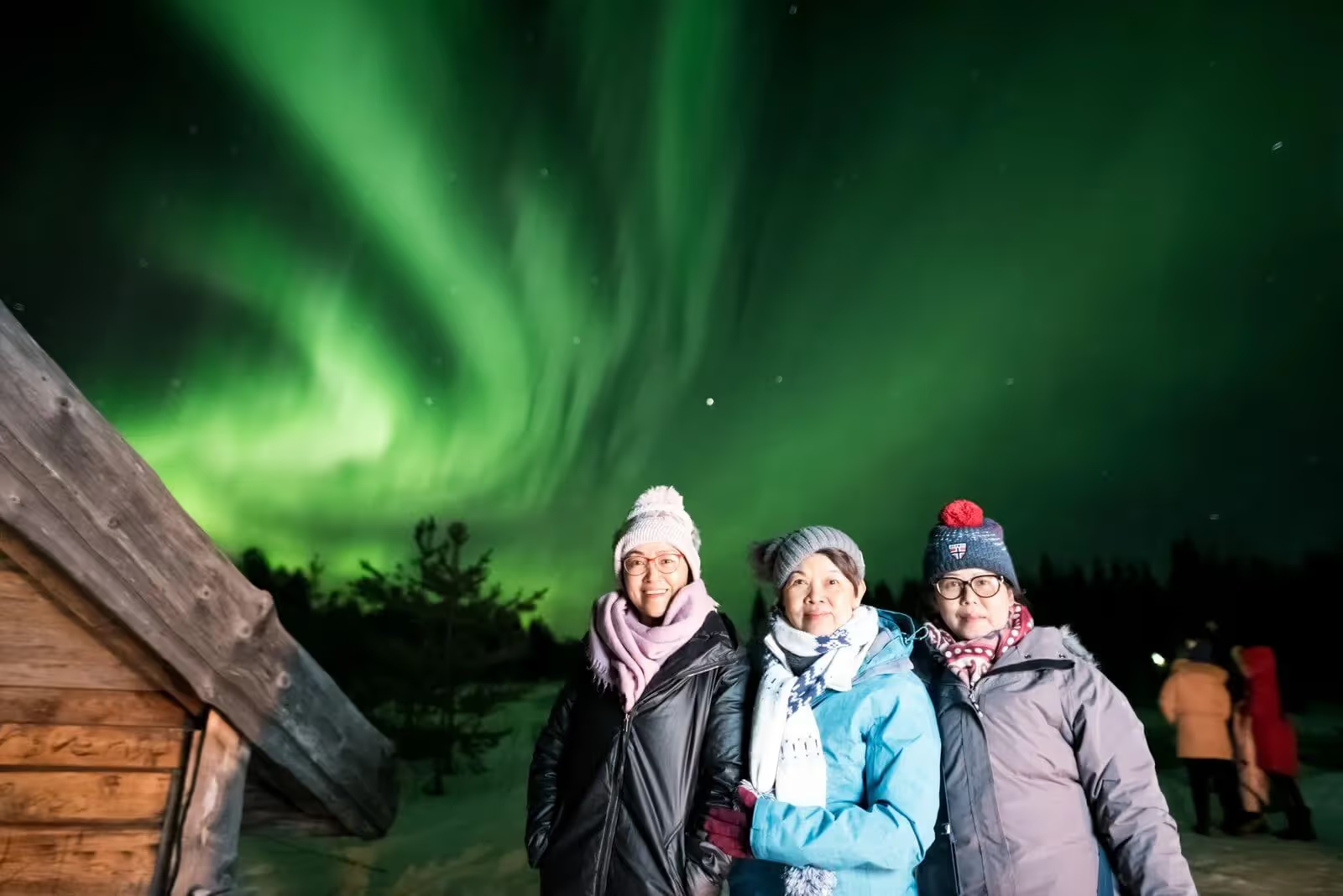Understanding the Northern Lights: Your Arctic Spectacle
The Aurora Borealis, commonly known as the Northern Lights, is a unique and powerful natural phenomenon that has captivated humanity for centuries. These mesmerizing light displays in the polar skies are created when electrically charged particles from the sun collide with gaseous particles in Earth's atmosphere.
What Makes the Aurora Appear?
The vibrant colors and dancing patterns of the Northern Lights are a result of these collisions. Oxygen atoms typically emit green or reddish light, while nitrogen atoms produce blue or purplish light. The specific color depends on the type of gas, the altitude of the collision, and the energy of the particles.
Rovaniemi: A Prime Location for Aurora Viewing
Rovaniemi, located in Finnish Lapland, is an excellent base for Northern Lights tours due to its proximity to the Arctic Circle and its vast, unpolluted wilderness areas. The region offers ideal conditions: dark skies, typically clear weather during peak season, and accessible viewing spots away from city lights.
Best Times and Ways to Witness the Aurora
The Northern Lights are most commonly seen during the darkest months of the year, typically from late August/early September until early April. Visibility is highest during clear, cloudless nights.
Several methods maximize your chances of a sighting:
- Expert-Guided Expeditions: Our tours are led by professional guides who possess extensive knowledge of local weather patterns, solar activity forecasts, and optimal viewing locations away from light pollution.
- Diverse Tour Options: We offer a variety of tours designed for Aurora viewing, including:
- Minibus Safaris: Comfortable travel to remote, dark spots.
- Snowmobile Adventures: Thrilling rides into the wilderness for observation.
- Traditional Sleigh Rides: Peaceful journeys by reindeer or husky sleigh under the night sky.
- Unique Floating Experiences: Witnessing the Aurora while floating in icy waters.
- Photography Specials: Tours specifically designed to help you capture stunning images of the lights.
The Lore of the Aurora: Myths and Legends
According to some ancient Greeks, Aurora was a goddess and the sister of Helios and Selene which is the sun and the moon respectively. It is believed that she would ride across the sky in her glorious chariot to alert her siblings that the dawn is coming.
According to the Viking legends, the ethereal lights are the reflections from the shields of the Valkyrie which is the female helping spirits of the god Odin. The Valkyrie would ride across the sky before battles as they decide who would win and those that would lose. The warriors that are dead will then ride to Valhalla by making use of the light reflecting from the armor of the Valkyrie as a bridge to the heavens.
Throughout history, the Northern Lights have inspired countless myths and legends among Arctic cultures. They have been interpreted as spirits, celestial fires, or messages from ancient gods. Our guides often share these stories, enriching your understanding of the Aurora's profound impact on local traditions.
Preparing for Your Northern Lights Hunt
- Patience is Key: The Aurora is a natural phenomenon, and its appearance cannot be guaranteed. Be prepared for patience, as nature is unpredictable.
- Dress Warmly: Lapland's nights are cold. Dress in layers, even if thermal clothing is provided.
- Camera Ready: Bring a camera with extra batteries. Your guide can offer photography tips to help you capture the elusive lights.
Our guaranteed nightly Northern Lights hunting departures are from late September to April, ensuring the highest chances during the Aurora season.









.avif)






